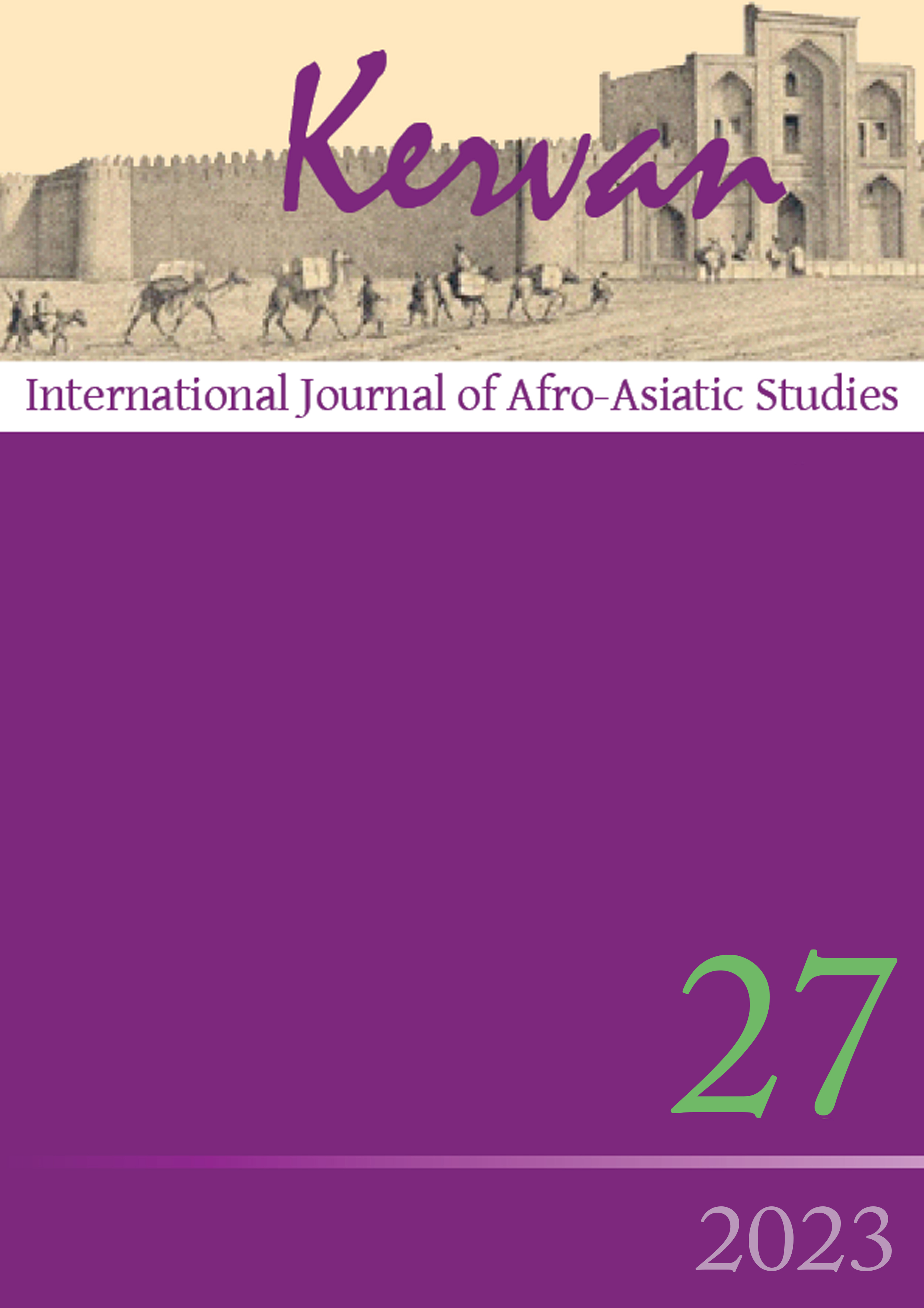An alternative hypothesis on the origin of the Greek alphabet
DOI:
https://doi.org/10.13135/1825-263X/7697Abstract
Did the Greeks learn the alphabet directly from the Phoenicians or did they learn it from non-Semitic intermediaries? Were these intermediaries the Phrygians or did the Phrygians learn it from the Greeks or some other people? Discussing the form taken by certain Phoenician letters in the Greek and Phrygian alphabets, this article raises the hypothesis that the current forms of these two alphabets emerged for the first time in Cilicia Pedias towards the end of the 9th century BC at the chancery of the Achaean kingdom that had settled there. They were the first “Westerners” to master the Phoenician alphabet. From there, the alphabet, which by then had become consonantal and vocalic, would have spread to Phrygia through Cappadocia, and then to the peoples of the Mediterranean coast of Anatolia through Cilicia Trachea.
Downloads
Downloads
Published
Issue
Section
License
Gli autori che pubblicano su Kervan accettano le seguenti condizioni:
- Gli autori mantengono i diritti sulla loro opera e cedono alla rivista il diritto di prima pubblicazione dell'opera, contemporaneamente licenziata sotto una Licenza Creative Commons - Attribuzione che permette ad altri di condividere l'opera indicando la paternità intellettuale e la prima pubblicazione su questa rivista.
- Gli autori possono aderire ad altri accordi di licenza non esclusiva per la distribuzione della versione dell'opera pubblicata (es. depositarla in un archivio istituzionale o pubblicarla in una monografia), a patto di indicare che la prima pubblicazione è avvenuta su questa rivista.


 The articles that have appeared on Kervan since 2016 are rated as Class A in the system of National Scientific Qualification (ASN, disciplines 10/N1 and 10/N3).
The articles that have appeared on Kervan since 2016 are rated as Class A in the system of National Scientific Qualification (ASN, disciplines 10/N1 and 10/N3). The journal has been approved for inclusion in DOAJ. The DOAJ listing of the journal is available at
The journal has been approved for inclusion in DOAJ. The DOAJ listing of the journal is available at  The journal has been approved for inclusion in ERIH PLUS. The ERIH PLUS listing of the journal is available at
The journal has been approved for inclusion in ERIH PLUS. The ERIH PLUS listing of the journal is available at  Kervan was just accepted for indexing in SCOPUS. This important milestone ensures that articles published in Kervan are easily found when searching for library, archives and Information science and it enables Kervan authors to keep track of how often their article has been cited by others.
Kervan was just accepted for indexing in SCOPUS. This important milestone ensures that articles published in Kervan are easily found when searching for library, archives and Information science and it enables Kervan authors to keep track of how often their article has been cited by others.

